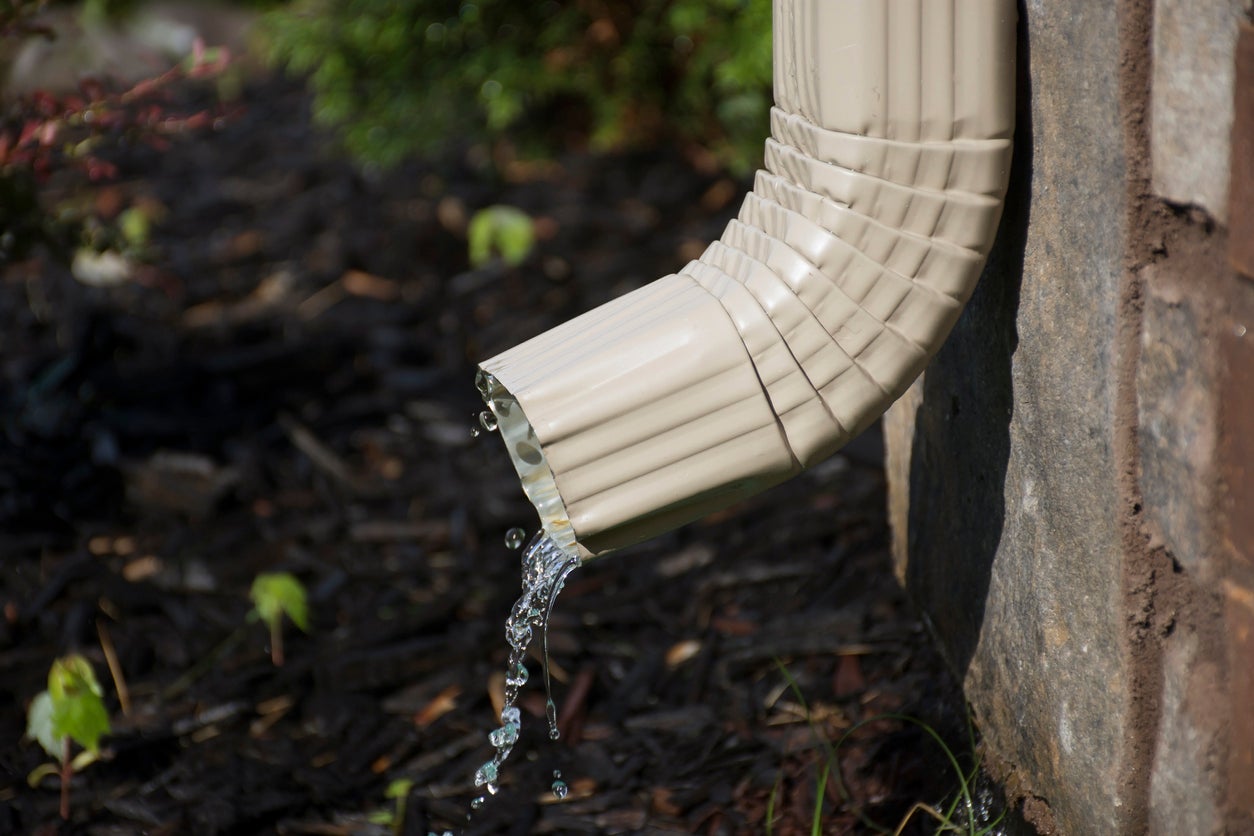Runoff Rain Gardening: Tips For Planting A Downspout Bog Garden


While drought is a very serious issue for many gardeners, others are faced with a much different obstacle – too much water. In regions that receive heavy rainfall in the spring and summer seasons, managing moisture in the garden and throughout their property can become quite difficult. This, in tandem with local regulations restricting drainage, can cause quite the conundrum for those looking for the best options for their yard. One possibility, the development of a downspout bog garden, is an excellent choice for those looking to add diversity and interest to their home landscape.
Creating a Bog Garden Under a Downspout
For those with excess runoff, rain gardening is an excellent way to optimize growing space that may have been thought unusable. Many native plant species are specifically adapted for and will thrive in locations that remain wet throughout the growing season. Creating a bog garden under a downspout also allows water to be reabsorbed into the water table more slowly and naturally. Managing the water from a downspout is a great way to reduce water pollution and the impact it can have on the local ecosystem.
When it comes to creating a gutter bog garden, ideas are limitless. The first step in creating this space will be to dig the “bog.” This can be as large or small as needed. When doing so, it will be important to keep in mind a rough estimate of just how much water will need to be managed. Dig to a depth of at least 3 feet (91 cm.) deep. In doing so, it will be especially important that the space slope away from the house foundation.
After digging, line the hole with heavy plastic. The plastic should have some holes, as the goal is to slowly drain the soil, not create an area of standing water. Line the plastic with peat moss, then fill the hole completely using a mixture of the original soil that was removed, as well as compost.
To complete the process, attach an elbow to the end of the downspout. This will direct the water into the new bog garden. In some cases, it may be necessary to attach an extension piece to ensure the water reaches the downspout bog garden.
For the best results, look for plants that are native to your growing region. These plants will obviously require soil that is consistently moist. Native perennial flowers seen growing in ditches and in marshes are often good candidates for planting in bog gardens as well. Many gardeners choose to grow from seed or transplants purchased from local plant nurseries.
When planting into the bog, never disturb native plant habitats or remove them from the wild.
Gardening tips, videos, info and more delivered right to your inbox!
Sign up for the Gardening Know How newsletter today and receive a free copy of our e-book "How to Grow Delicious Tomatoes".

Tonya Barnett has been gardening for 13 years. Flowers are her passion. She has transformed her backyard into a cut flower garden, which she regularly chronicles on her YouTube channel http://www.youtube.com/@tonyawiththeflowers.